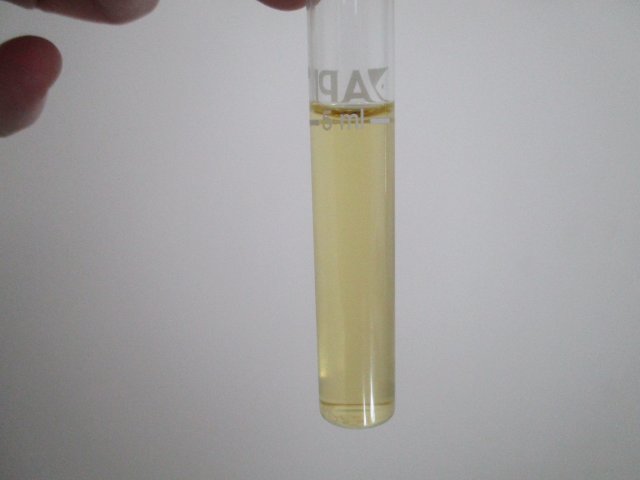G
gandy78
After you read the below, I suggest you go here
http://fins.actwin.com/aquariafaq.html then click on
Your First Aquarium. You should read the section:
Beginner FAQ: Practical Water Chemistry
While any real help here will require a lot more information, I can comment on one aspect. Because I have kept Altum angels, I have regulated their tank from a low of 4.2 pH when they arrived from the wild to the 6.0 I moved them up to over 6+ months. In order to do this I had to purchase a continuous digital monitor. The reason is that hobby pH test kits stop at 6.0 on the downside. The issue with hobby kits occurs at the extreme levels at either end of the scale they offer. Once one hits the highest or lowest number on the scale, one can not assume the actual level does not lie byond that test number.
When the pH kit reads 6.0, it may be 6.0 or 5.0 etc. So even with the picture provided by the OP, we can not say for sure what the actual pH of the tank is. There is a way to circumvent this problem, it is the reverse of diluted testing which is used when the reading is at the top number of the scale. The first step is to understand the process involved. If one is testing for nitrite and it reads at the top number, how can we determine if this is the actual level or if it is really higher? We dilute the sample. If we combine 5 ml of tank water and 5 ml of pure water and then use 5 ml of this, it results in all readings being only half of what they really are. If this number is below that top number on the color chart, all we have to do is multiply the diluted test result by 2. Basically, one is testing 1/2 a sample and multiplying the result by two converts it to a whole sample test number.
When the problem is at the lower extreme of the test scale, we need to do the reverse. We need to concentrate to sample so it will produce an accurate low number. The process here is instead of testing a 5 ml sample, we must use 10 ml of tank water and then divide that number in half. The other possibliity, when available, is to reduce the number of drops of the reagent(S). For the API pH test kit this method wont work since the test calls for 3 drops and we cannot make 1/2 a drop (half of 3 is 1.5 drops). So for the OP, he test must be done with 3 drops put into 10 ml of tank water. This will require a larger test tube. I use the API kits and can tell you the tubes will not hold 10ml of water plus 3 drops of the reagent.
The other thing I know is my $250 three way digital monitor freaks out if I put the probes into pure water. By way of a short chemistry lesson, pure water should have 0 conductivity/TDS and a neutral 7.0 pH. This is not the case when we work with it for tanks. Unless we are in a vacuum, there is co2 in the air, and therefore in the water. Some of the co2 in water becomes carbonic acid. The result is when I mix my pure water with my 7.0 pH tap water the expected result of 7.0 is not what I get. It reads somewhere in the 5.7 range. The reason is the co2 in the water acts to lower the pH. This is because there is no KH in pure water and KH is what holds any given pH level in water steady. So when I mix pure water with my tap, I effectively cut the KH in half which allows any acid to have a greater effect on pH.
Note, the nitrogen cycle at work in our tanks will work to drop pH over time. Nitrate will create nitric acid in water and this will drop a tank's pH over time. This is one of the things that occurs in "Old Tank Syndrome." and is another reason for doing regular water changes.






